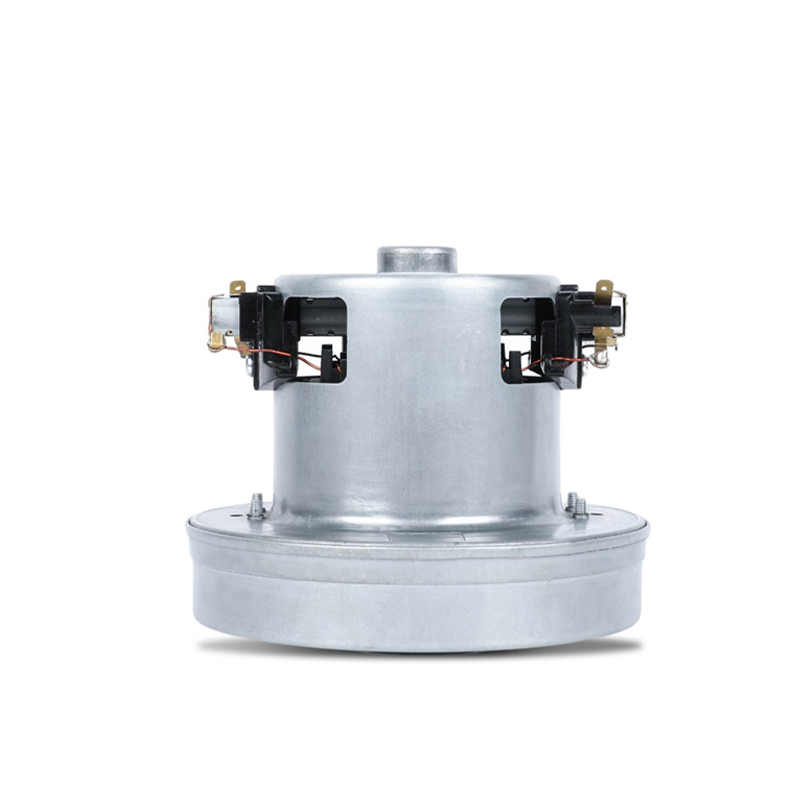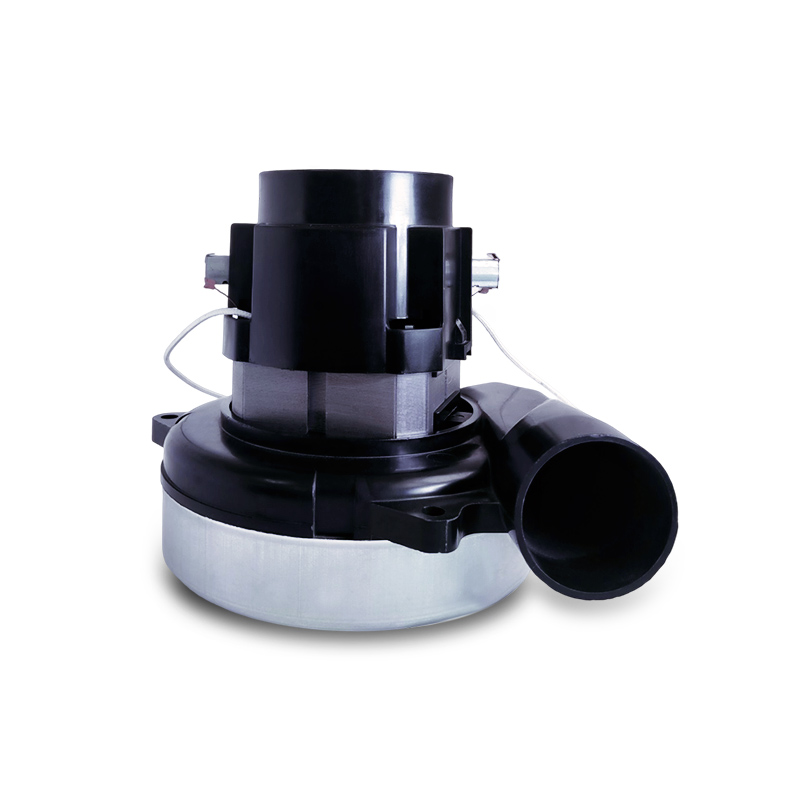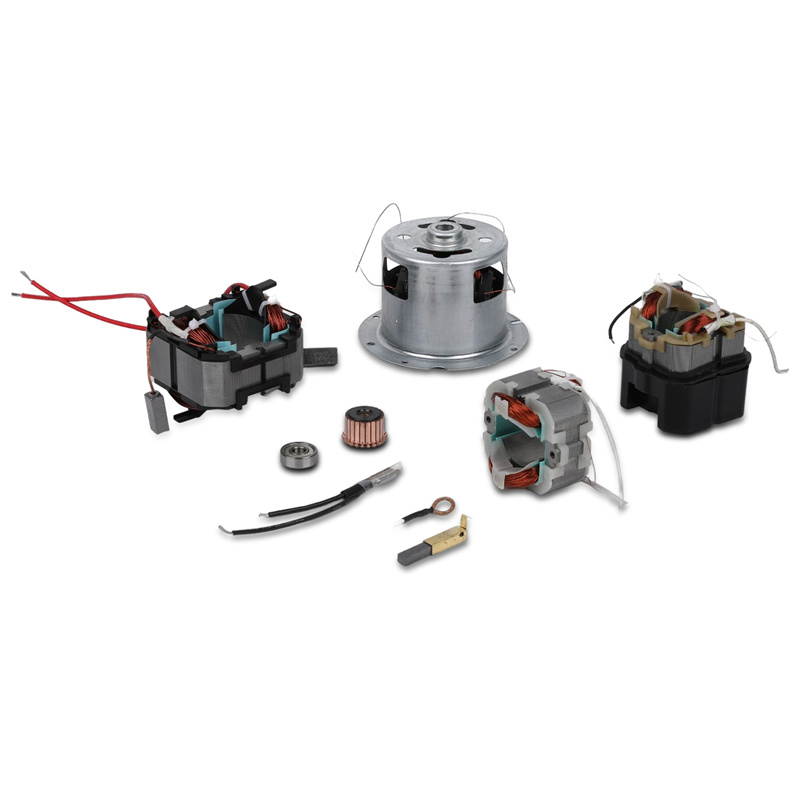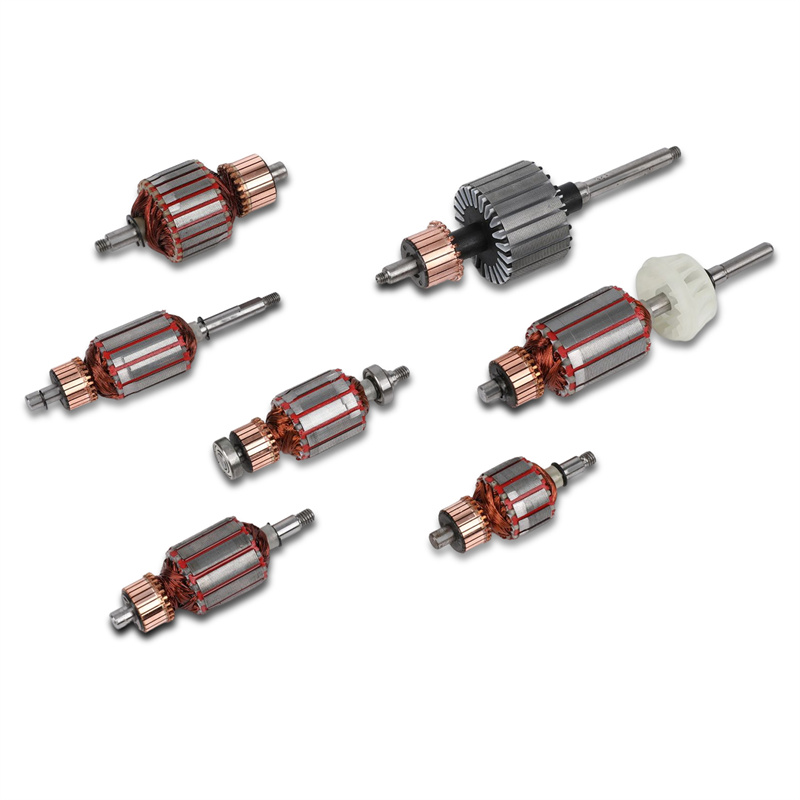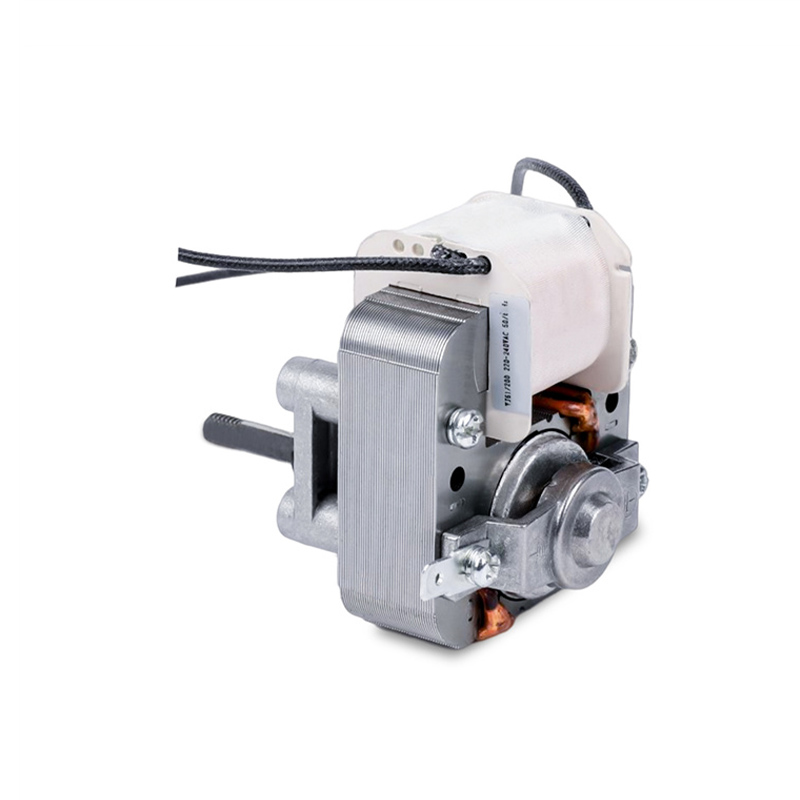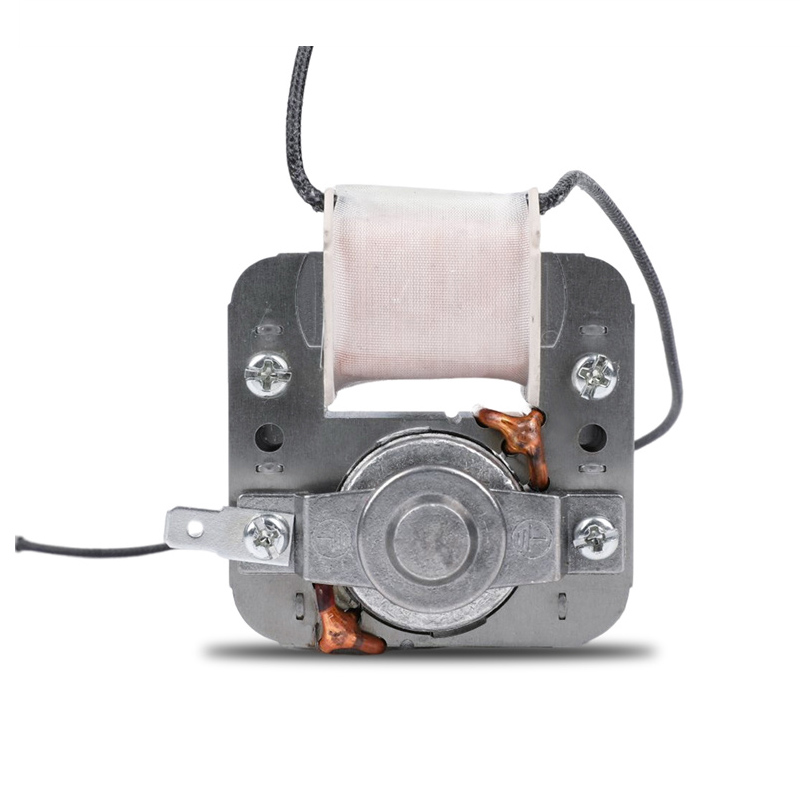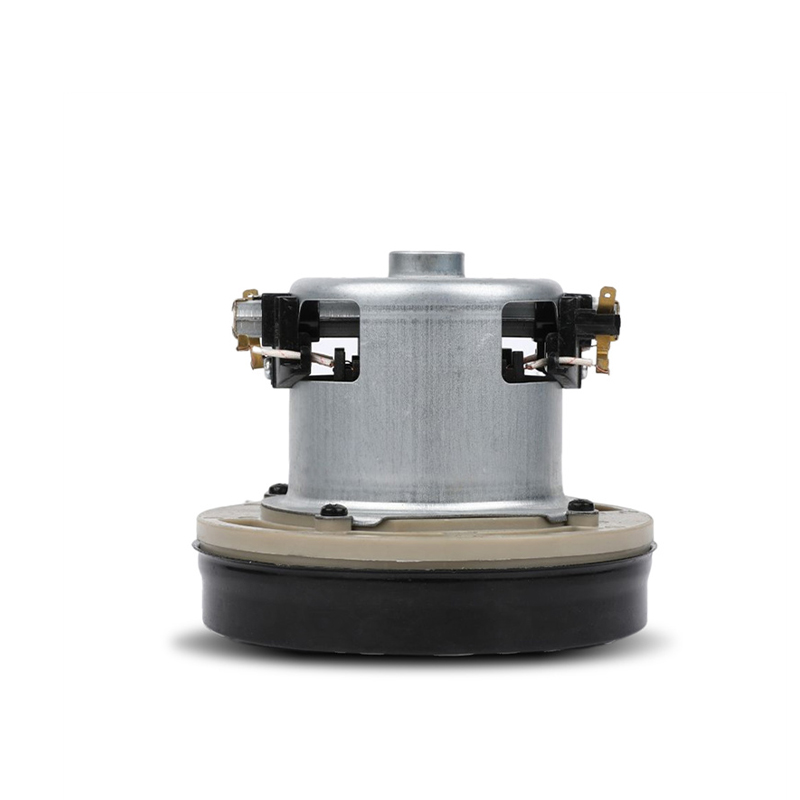The intricacies of oil-free operation in dry suction motors
The concept of oil-free operation is a defining characteristic that sets dry suction motors apart from traditional wet suction pumps. This innovation has revolutionized the way vacuum pumps work, leading to significant benefits across a range of industries and applications.
Advantages of Oil-Free Operation:
Contamination Prevention: The primary advantage of oil-free operation is the prevention of oil contamination in the vacuum environment. In applications where the purity of the gas or the cleanliness of the vacuum chamber is crucial, the absence of oil vapor and droplets eliminates the risk of contamination. Industries such as semiconductor manufacturing, electronics, and analytical instrumentation benefit immensely from this contamination-free vacuum generation.
Enhanced Product Quality: In processes where the quality of the final product is directly affected by the vacuum conditions, oil-free operation is essential. By eliminating the possibility of oil residues or byproducts interacting with the processed materials, dry suction motors ensure consistent and high-quality outcomes. This is particularly important in industries such as pharmaceuticals, where any contamination could compromise the safety and efficacy of the products.
Reduced Maintenance: As mentioned in the previous section, the absence of oil in dry suction motors leads to reduced maintenance requirements. Traditional wet pumps need regular oil changes, monitoring of oil levels, and seal inspections. With oil-free operation, these tasks become unnecessary, leading to lower maintenance costs, fewer downtimes, and increased equipment reliability.
Operational Efficiency: Oil-free dry suction motors often exhibit higher operational efficiency. The absence of fluid friction and the optimized design of certain dry pump technologies result in reduced energy consumption. This efficiency not only lowers operational costs but also contributes to a more sustainable operation.
Mechanisms of Oil-Free Operation:
Dry suction motors achieve oil-free operation through innovative design and advanced mechanisms. Some common mechanisms used in dry pumps include:
Scroll Technology: Scroll dry suction pumps use interlocking scroll-shaped components to create a vacuum. These scrolls don't require any lubrication, allowing for oil-free operation. The unique geometry of the scrolls ensures efficient gas capture and compression without the need for any liquid lubricants.
Claw Technology: Claw dry pumps use two interlocking rotors with claw-shaped lobes. As the rotors turn, gas is captured and compressed between the lobes. The design of claw pumps eliminates the need for oil, making them suitable for oil-free operation.
Diaphragm Technology: Diaphragm dry pumps use flexible diaphragms to create a vacuum by expanding and contracting a chamber. This type of pump is inherently oil-free, as there's no need for lubrication in the diaphragm mechanism.
Piston Technology: Some dry pumps utilize piston-like mechanisms that don't require oil lubrication. These pumps use seals that can withstand the demands of an oil-free environment, ensuring reliable performance without oil contamination.
With plastic cover, concentrated air volume, can quickly take away heat, prolong the life of the motor
The number of impellers increases, the air volume is greater, and the vacuum is higher


 English
English Deutsch
Deutsch Español
Español 中文简体
中文简体